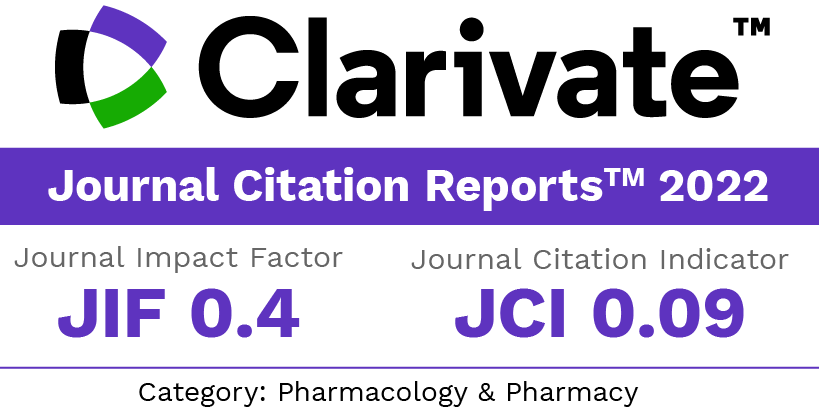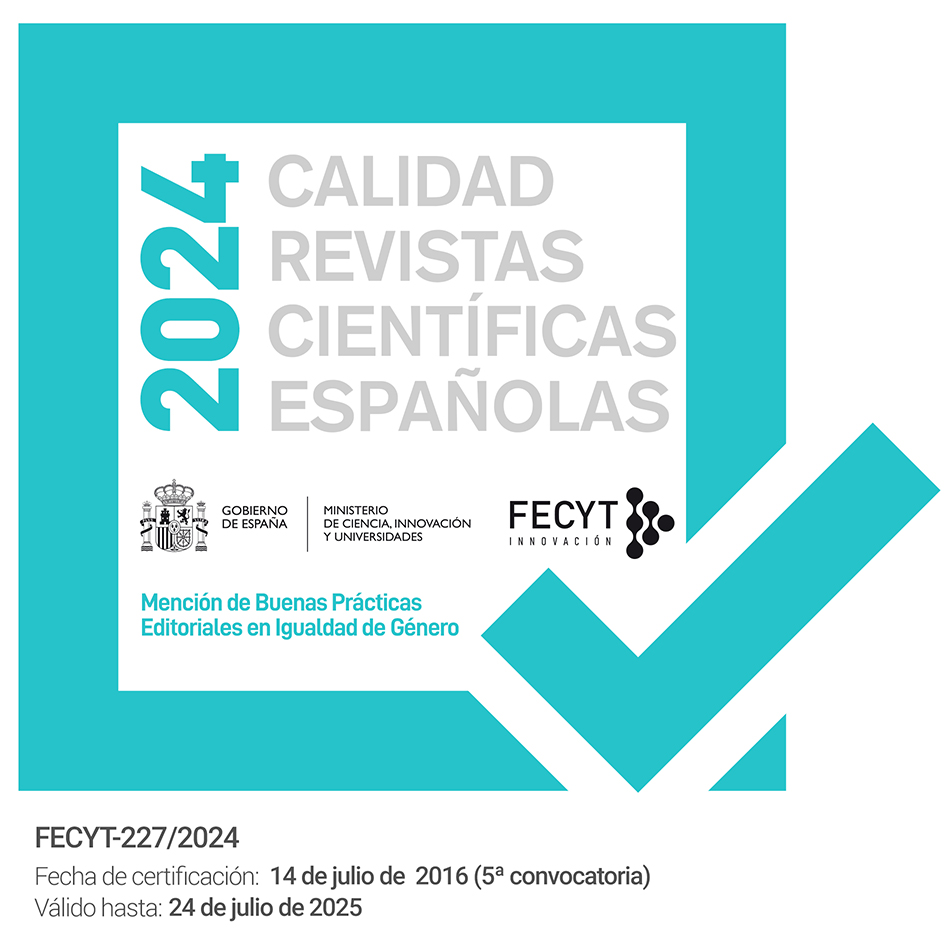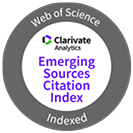A drug use evaluation study of psychiatric medication at the prison of Valencia, Spain
Keywords:
Prescribed Daily Dose (PDD), Defined Daily Dose (DDD), Prison, SpainAbstract
The aim of Drug Use Evaluation studies (DUE) is to improve pharmacological therapy within the fi eld of health care.With this same objective in mind, a study of the prescribed daily dosage (PDD) of psychiatric treatment drugs at a Valenciaprison was carried out and compared with the Daily Defi ned Dosage (DDD) established by the WHO. The PDDof each active principle was calculated, along with its cost and percentage of inmates under treatment on the day thestudy was performed. The results obtained reveal that on these prison premises there was a high level of psychiatricdrug consumption, which in general terms was similar to that found the previous year. This high level of consumptioncould probably be attributed to the particular health condition presented by one particular inmate. However, in general,the PDD was comparable to the DDD recommended by the WHO, while the most costly group of drugs in terms ofannual pharmaceutical expenditure was the atypical antipsychotic drug group.Downloads
References
Laporte JR, Tognoni G. Estudios de utilización de medicamentos y farmacovigilancia. En: Laporte JR, Tognoni G, eds. Principios de epidemiología del medicamento. 2ª ed. Barcelona: Ed. Científicas y Técnicas, S.A., 1993; 1-24.
Laporte JR, Capellà D. El consumo de medicamentos. Med Clin (Barc) 1987; 89: 244-6.
García Iñesta A. Estudios de utilización de medicamentos en España y análisis de la situación farmacoterapéutica. En: Estudios de utilización de medicamentos. Madrid: Ed. Servicio de Documentación y Publicaciones del INSALUD, 1989; 17-48.
Capellà D, Laporte JR. Métodos aplicados en estudios descriptivos de utilización de medicamentos. En: Laporte JR, Tognoni G, eds. Principios de epidemiología del medicamento. 2ª ed. Barcelona: Masson-Salvat, 1993; 67-93.
WHO Collaborating Centre for Drug Statistics Methodology: Anatomical Therapeutical Chemical (ATC) Classification Index. Including defined daily dosis (DDDs) for plain substances. Oslo: WHO CCDSM, 1995.
Salinas C, Ortega L, Rubio A, Jiménez JA. Utilización de Neurolépticos atípicos en el Centro Penitenciario de Málaga. Rev Esp Sanid Penit 2007; 9:21-25.
Cañas MA, Cañas J, Torre MA. Estudio de utilización de psicofármacos en el centro penitenciario de León. Análisis comparativo. Rev Esp Sanid Penit 2001; 3: 106-10.
Varela O, Algora I, Gutiérrez M, Larraz ME, Barreales L, Santamaría A. Uso de Psicofármacos en prisión (CP Madrid III). Rev Esp Sanid Penit 2007;2:9:38-46.
Real Decreto 1348/2003, de 31 de octubre, por el que se adapta la clasificación anatómica de medicamentos al sistema de clasificación ATC. BOE 264, de 4 de noviembre; rect. BOE 21, de 24 de enero 2004.
Norwegian Institute of Public Health. WHO Collaborating Centre for Drug Statistics Methodology. Http://www.whocc.no/atcddd/. Last updated: 2008-01-07.
Duloxetina. Ficha técnica. Lilly. Http://www.emea.europa.eu/. Cconsultado el 19 de enero de 2.008.
Committee for Human Medicinal Products. European Public Assessment Report (EPAR). Xeristar. EMEA/H/C/573. European Medicines Agency. Http://emea.europa.eu/.
Evaluación e Información del Medicamento. Servei de Salut de les Illes Balears. Duloxetina en depresión. Revisión de informes de nuevos medicamentos. 01/07. Abril 2.007.
CGCOF. Duloxetina. Panorama Actual Med 2006; 30 (290).
Duloxetine (Cymbalta): a new SNRI for depression. Med Lett Drugs Ther 2004;46:81-3.
Vis PMJ, van Baardewijk M, Einarson TR. Duloxetine and venlafaxine-XR in the treatment of MDD: a meta-analysis of randomized clinical trials. Ann Pharmacother. 2005;39:1798–807.
Eckert L, Lançon C. Duloxetine compared with fluoxetine and venlafaxine: use of meta-regression analysis for indirect comparisons. BMC Psychiatry. 2006; 6: 30.
Duloxetine. Assessment elsewhere. Prescrire 2007;27:158.
Downloads
Published
How to Cite
Issue
Section
License
The articles, which are published in this journal, are subject to the following terms in relation to the rights of patrimonial or exploitation:
- The authors will keep their copyright and guarantee to the journal the right of first publication of their work, which will be distributed with a Creative Commons BY-NC-SA 4.0 license that allows third parties to reuse the work whenever its author, quote the original source and do not make commercial use of it.
b. The authors may adopt other non-exclusive licensing agreements for the distribution of the published version of the work (e.g., deposit it in an institutional telematic file or publish it in a monographic volume) provided that the original source of its publication is indicated.
c. Authors are allowed and advised to disseminate their work through the Internet (e.g. in institutional repositories or on their website) before and during the submission process, which can produce interesting exchanges and increase citations of the published work. (See The effect of open access).


















